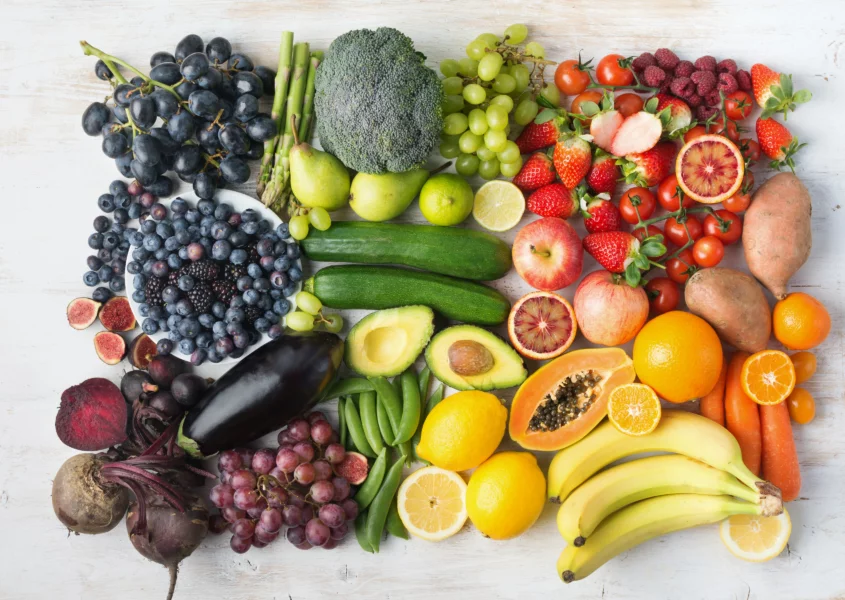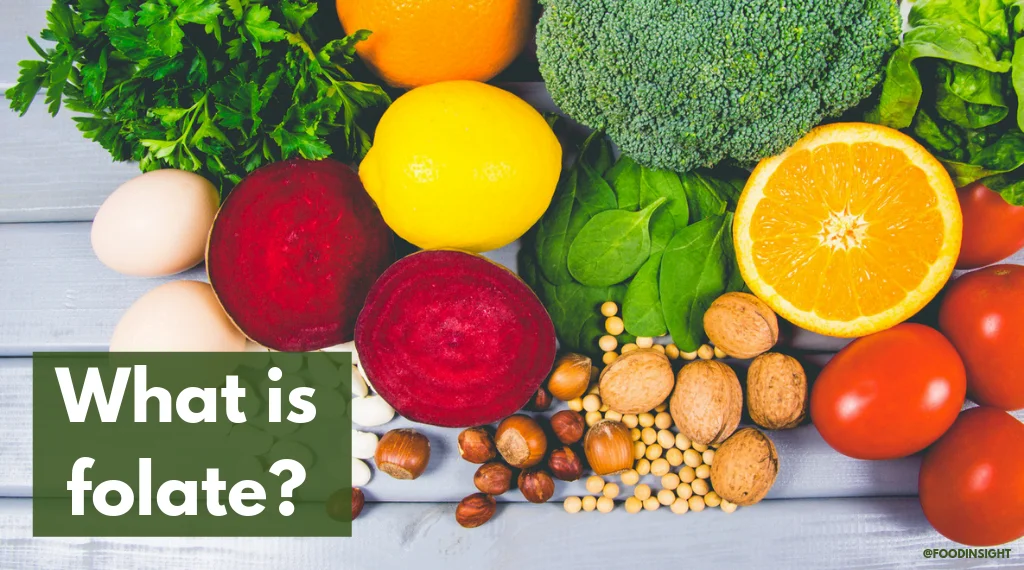
Download the Food Additives Fact Sheet here
What are food additives?
A food additive is an ingredient added to a food to perform a specific function. Additives include substances that are added directly to foods and beverages (known as direct food additives), as well as those that become a part of food in trace amounts due to processing, packaging, shipping or storage (known as indirect food additives). In the U.S., food additives are regulated by the U.S. Food and Drug Administration (FDA) and are listed in the ingredient list on a product’s label.
The Functions of Food Additives
Why are food additives used?
Food additives provide a specific function in a wide variety of foods—in particular, in maintaining or improving their safety, freshness, taste, texture, appearance or nutritional value. Below are some more specific reasons for why food additives are used:
To maintain or improve safety and freshness
Food additives known as preservatives slow product spoilage caused by mold, air, bacteria, fungi or yeast. In addition to maintaining the quality of the food, they help control contamination that can cause foodborne illness, including life-threatening botulism. One group of preservatives—antioxidants—prevents fats, oils and the foods containing them from becoming rancid or developing an off flavor. They also prevent cut fresh fruits such as apple slices from turning brown when exposed to air.
To improve or maintain nutritional value
Vitamins, minerals and dietary fiber are added to many foods to make up for cases in which those nutrients are lacking in a person’s diet or in which they are lost in food processing, or to otherwise enhance the nutritional quality of a food. Such fortification and enrichment have helped prevent and reduce malnutrition in the U.S. and many other countries worldwide. All products containing added nutrients must be appropriately labeled.
To improve taste, texture and appearance
Spices, natural and artificial flavors, low and no-calorie sweeteners, and salt and pepper are often added to enhance the taste of food. Food colors maintain or improve appearance. Emulsifiers, stabilizers and thickeners give foods texture and consistency. Leavening agents allow baked goods to rise during baking. Some additives help control the pH balance of foods, while other added ingredients help maintain the taste and appeal of foods while reducing the fat content.
Food additives can be naturally or synthetically derived. Some food additives may be identical to those found in nature but are produced synthetically to maintain consistency and to reduce costs during manufacturing. This also help promote sustainable food additive production.
The Benefits of Food Additives
Safety, taste and convenience
Some food additives could be eliminated if we grew all our own food and cooked every meal from scratch. Modern life makes such a lifestyle difficult for many of us, so food additives help ensure that the prepared and semi-prepared foods we often rely on are convenient and safe. Added ingredients may help us get dinner on the table more quickly (saving time) or keep the food in our pantry or refrigerator from going bad before we can eat it (saving money). By slowing spoilage, food additives also help reduce food waste and prevent food poisoning.
Sustainability
Less food waste means fewer resources are expended growing and shipping food, so less stress is put on the environment.
What you really need to know about approved food additives
Food and color additives are strictly studied, regulated and monitored. Federal regulations require evidence that each substance is safe at its intended level of use before it may be added to foods. Furthermore, approved food additives are subject to ongoing safety review as scientific understanding and methods of testing continue to improve. It’s important to make food choices that are right for you and your family. If you would like to limit the amount of food additives or any food ingredient you eat, you can do so by reading the ingredient lists on food labels and choosing products with fewer additives or ingredients.
To eat a healthier diet, the U.S. Dietary Guidelines for Americans recommend eating a variety of foods in various amounts and forms: canned, dried, fresh and frozen. Strive for a mix of fruits, vegetables, whole grains, low-fat dairy, and lean proteins while limiting fats, added sugar and sodium.



